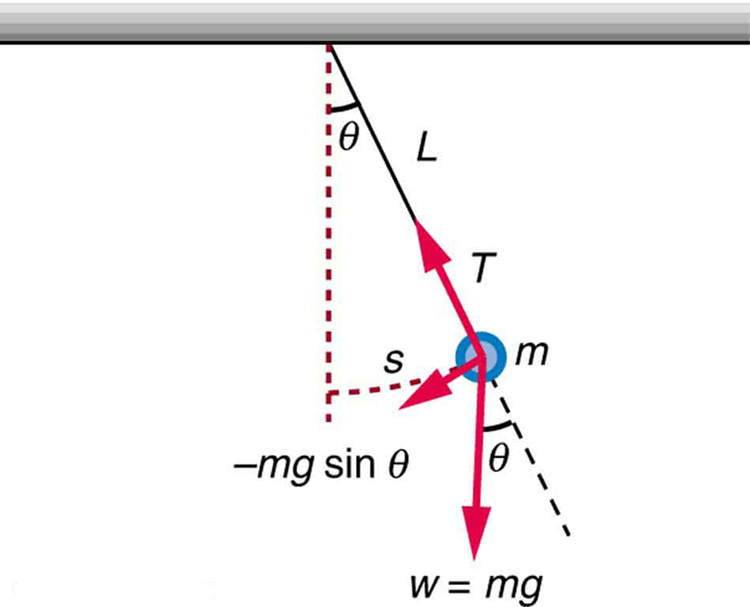Waves
Waves appear in many forms and shapes. They have their own properties and behave differently from each other
Wave is a disturbance or variation which travels through a medium. They are characterized by wavelength, frequency, and the speed at which they move.
Standing waves don’t form under just any circumstances. They require that energy be fed into a system at an appropriate frequency

Parts of waves
- Amplitude- the maximum positive displacement from the undisturbed position of the medium to the top of a crest.
- Crest– section of the wave that rises above the undisturbed position.
- Through– a section which lies below the undisturbed position.
- Wavelength- wavelength of a wave is the distance between any two adjacent corresponding locations on the wave train.
Nodes and Antinodes
Node is a point along a standing wave where the wave has minimum amplitude.
Example:
- In a vibrating guitar string, the ends of the string are nodes. By changing the position of the end node through frets, the guitarist changes the effective length of the vibrating string and thereby the note played.
Antinodes are where the amplitude (positive of negative) is a maximum, halfway between two adjacent nodes.
Harmonic Motion
Simple harmonic motion is typified by the motion of a mass on a spring when it is subject to the linear elastic restoring force given by Hooke’s Law.

The motion is sinusoidal in time and demonstrates a single resonant frequency.
Simple Harmonic Motion, maximum speed occurs at x = 0 (the equilibrium level or position), and speed is zero at the extreme ends ( x = +/- A ). Acceleration has a different story. At the middle (x = 0), acceleration is zero
The simple harmonic solution is
![]()
with  being the natural frequency of the motion.
being the natural frequency of the motion.
The period of a simple pendulum is
where is the length of the string and
is the acceleration due to gravity
Types of Harmonic Motion
- Mass Spring Oscillator
The simplest example of an oscillating system is a mass connected to a rigid foundation by way of a spring.
The spring constant k provides the elastic restoring force, and the inertia of the mass m provides the overshoot. By applying Newton’s second law F=ma to the mass, one can obtain the equation of motion for the system where ![]() is the natural oscillating frequency. The solutions to this equation of motion takes the form
is the natural oscillating frequency. The solutions to this equation of motion takes the form
![]()
where xm is the amplitude of the oscillation, and φ is the phase constant of the oscillation. Both xm and φ are constants determined by the initial condition (intial displacement and velocity) at time t=0 when one begins observing the oscillatory motion.
- Simple Pendulum
A simple pendulum has a small-diameter bob and a string that has a very small mass but is strong enough not to stretch appreciably.

Simple pendulum consists of a mass m hanging from a string of length L and fixed at a pivot point P. When displaced to an initial angle and released, the pendulum will swing back and forth with periodic motion. By applying Newton’s second law for rotational systems, the equation of motion for the pendulum may be obtained
 ,and rearranged as
,and rearranged as
 .
.
If the amplitude of angular displacement is small enough that the small angle approximation ( ) holds true, then the equation of motion reduces to the equation of simple harmonic motion
) holds true, then the equation of motion reduces to the equation of simple harmonic motion
![]() .
.
